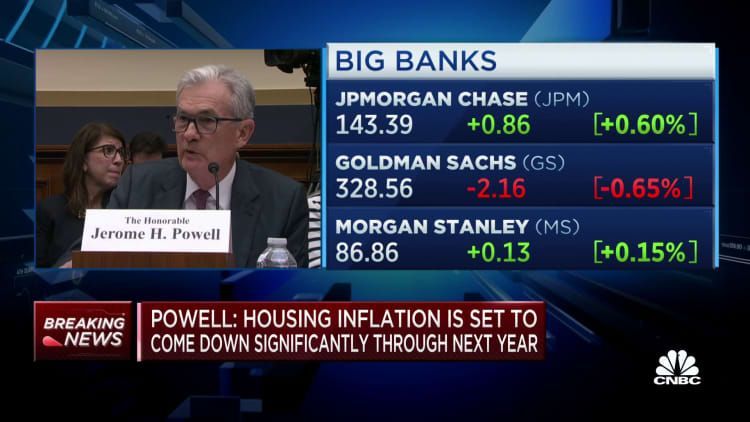‘Enormously costly’ business loan fraud drove inflation in home prices in certain markets, research suggests
It’s been a tough market for U.S. homebuyers with a limited supply of properties driving up prices nationwide.
But another factor may have contributed to rising home costs in certain markets — fraudulent claims from the Covid-era Paycheck Protection Program, or PPP, according to new research. PPP loans were designed to help cover business expenses during the pandemic, such as employee payroll.
“Fraud on this scale is enormously costly,” said Sam Kruger, co-author and assistant professor of finance at the University of Texas at Austin.
More from Personal Finance:
Americans expect to need nearly $1.3 million to retire comfortably
How many credit cards should you have? It’s not zero, say experts
Here’s how workers use side gigs to make ends meet while unemployed
A historic pandemic-era relief program, PPP distributed more than $793 billion between April 2020 and May 2021. And previous research from the University of Texas at Austin team flagged $117.3 billion of the funds as “suspicious lending.”
“The fraud was highly concentrated geographically,” Kruger said. “And because of that concentration, there may have been spillover effects in some of those local areas.”
PPP loan fraud affected home prices
U.S. home prices rose by 24% between November 2019 and November 2021, according to the Federal Reserve Bank of San Francisco, driven by factors such as shifting demand and regional moves.
However, government aid may have also contributed to that growth, including higher rates of fraudulent PPP loans in certain areas, according to the new research.
This is a very specific type of stimulus that injected cash into certain areas, and it seems to have played a pretty significant role.
The paper found that certain markets had elevated rates of PPP loan fraud, and individuals who received fraudulent loans were more likely to have purchased property.
“This is a very specific type of stimulus that injected cash into certain areas, and it seems to have played a pretty significant role,” Kruger said.
ZIP codes with “high suspicious lending per capita” had home price growth that was 5.7% higher than ZIP codes in the same county with lower levels of fraud, the paper found. “This effect is large relative to other proposed factors explaining house price growth during the Covid period,” the authors wrote.

The findings were consistent after weighing factors such as land supply, previous home price growth, remote work access, population density, net migration, proximity to the central business district and prior rates of remote work.
“It’s not just that you’re stealing money from the government,” Kruger said. “There are potential distortions and spillover effects that are affecting other people in the community.”
Credit: Kate Dore, CFP
You might also like
Commercial Lending News

*** All files are subject to full underwriting & qualifications specified by each bank. There can be no assurance that any applicant will be approved and that credit will be offered.***



